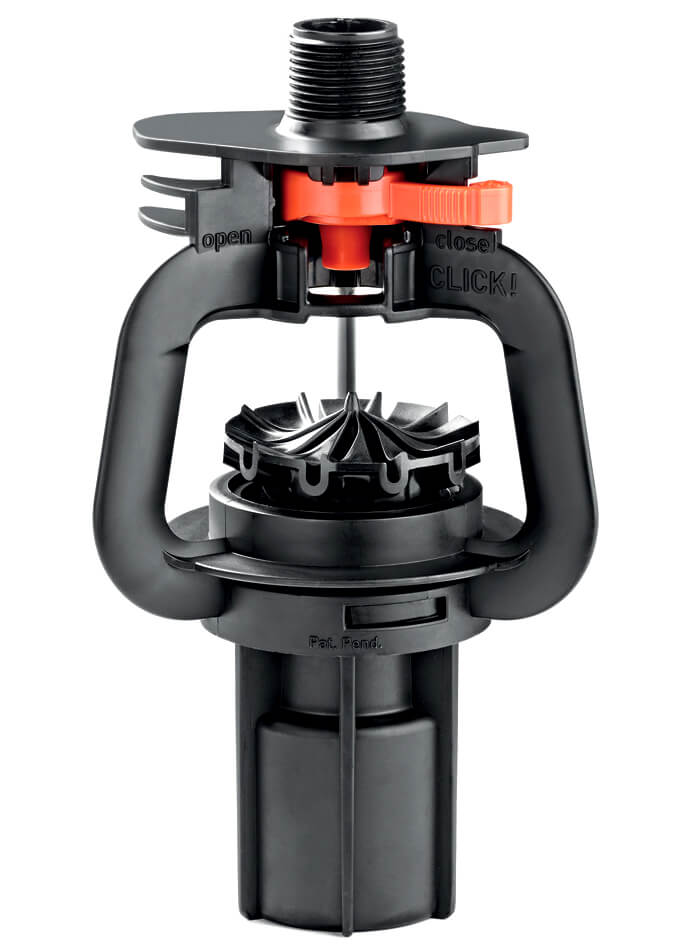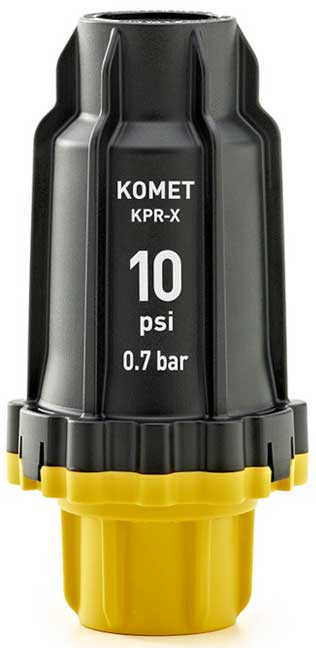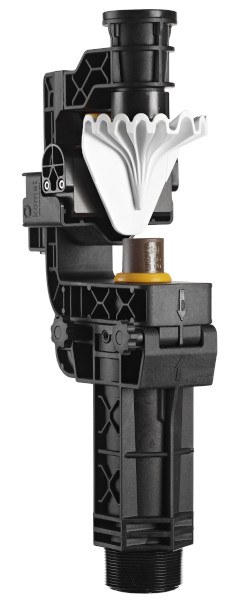Across Europe, the signs are becoming impossible to ignore fields drying out sooner, heatwaves arriving earlier, and farmers facing tougher water restrictions each season. Whether you’re growing grain in the north or vegetables in the south, one truth is becoming universal: water is no longer predictable.
At Komet Irrigation, we’ve seen this shift happening up close, country by country, season by season. For us, this isn’t just a challenge – it’s a call to act smarter, faster, and more efficiently with every drop of water available.
From Crisis Response to Smart Planning
Irrigation has long been seen as a seasonal or emergency measure, something you turn to when the rain doesn’t come. But in today’s climate, that mindset is outdated. As our CEO, Andree Groos, often says:
“Irrigation must stop being seen as a luxury and start being treated as core infrastructure for food production.”
We agree. Because without reliable, efficient irrigation, farmers are being asked to bet their livelihoods on increasingly unpredictable weather. That’s a risk no one should have to take, not when better solutions already exist.
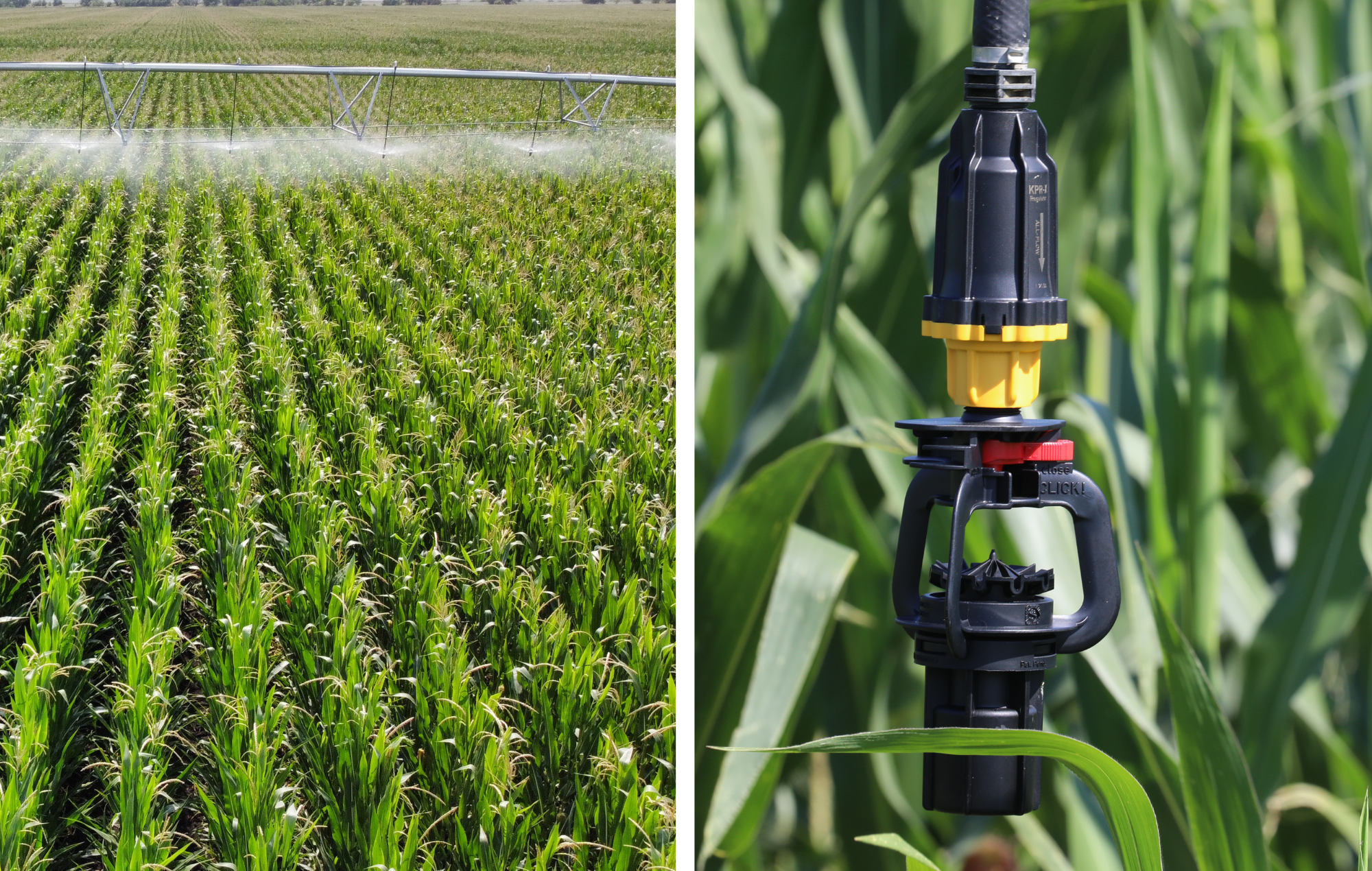
Technology That Makes Every Drop Count
Take our KPW sprinkler, for example. It was developed specifically to handle the kind of harsh, dry, windy conditions that are now standard in many parts of Europe. It delivers water at low pressure with high distribution uniformity, ensuring more moisture reaches the root zone and less is lost to evaporation or runoff.
It’s real, field-tested technology that’s already helping producers reduce water use without reducing yield. We design tools like KPW to work seamlessly with pivot systems, because that’s where irrigation makes the biggest impact: at the very last step, right where the water hits the crop.
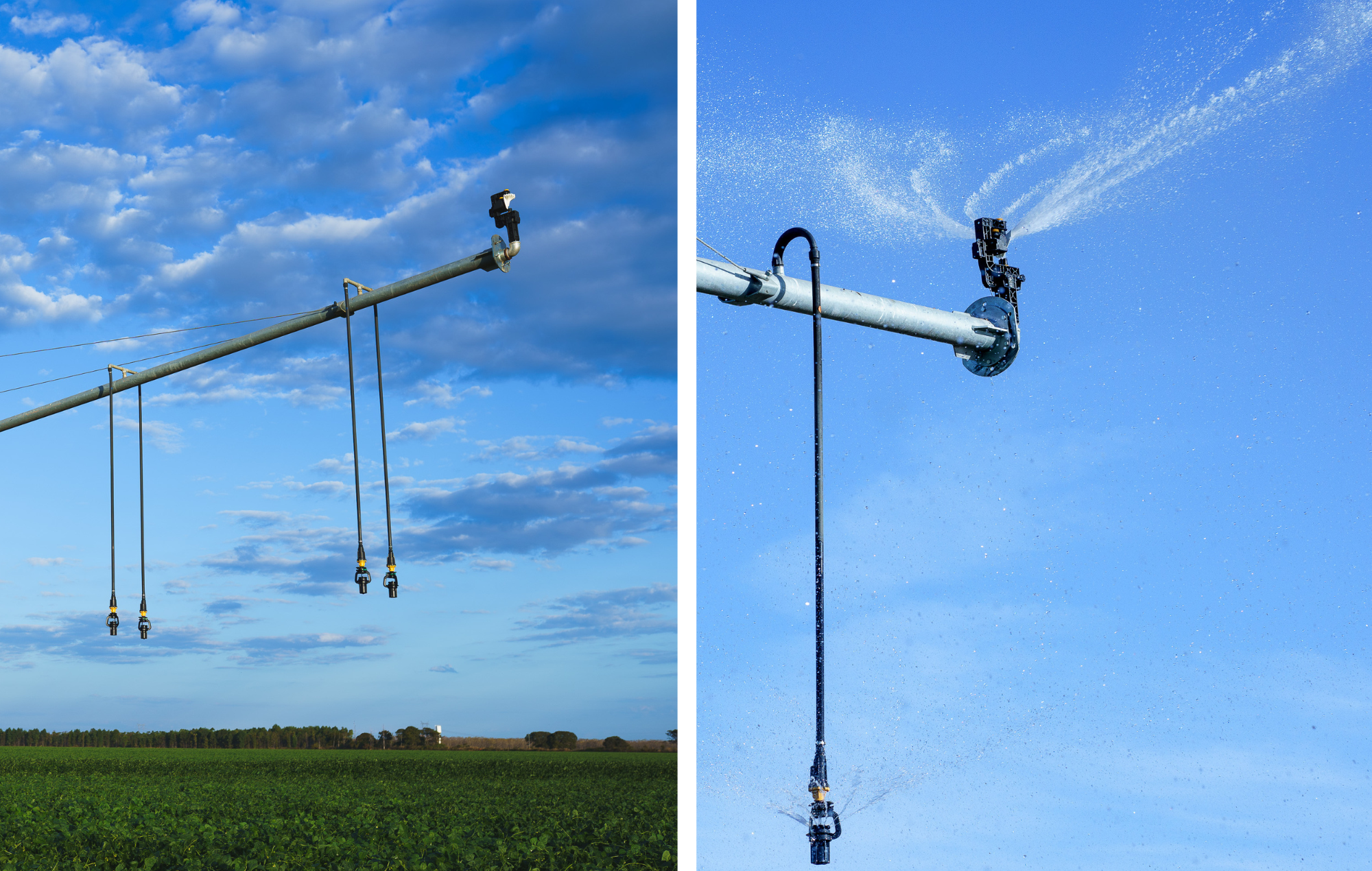
A Shared European Challenge
No matter where you farm in Europe, the pressure is mounting. Drought is now estimated to cost the EU economy up to €9 billion a year. Water use is under growing scrutiny, especially in regions at risk of desertification. And the rules are changing.
Under the EU’s Common Agricultural Policy (CAP), eco-schemes and subsidies increasingly reward measurable water savings. This is a good thing; it encourages investment in more sustainable systems, and it also means farmers need tools that help them stay productive while staying compliant.
We see irrigation as central to this shift. With the right equipment and planning, water use can often be cut by 25–50%, a massive gain for both regulatory goals and on-farm profitability.
Farmers Aren’t the Problem, They’re the Solution
One of the most important mindsets changes we advocate for is how we view farmers. Too often, they’re treated as water users, or worse, water wasters. But the reality is, when given the right technology and support, farmers are some of the most effective water managers in any industry.
“We need to stop seeing irrigation as a tap to turn on and off,” says Groos. “It’s a strategic lever. One that gives farmers control, even in a climate of uncertainty.”
Looking Ahead: Smarter Irrigation Is Not Optional
What we’re facing now is not just a technological challenge, it’s a cultural one. We need to stop waiting for conditions to improve and start building systems that work in the conditions we have.
For us at Komet, that means designing irrigation tools that are simple to use, resilient in the face of climate extremes, and effective across a wide range of crops and geographies. Because whether you’re farming wheat, corn, tomatoes, or lettuce, the principle is the same:
Food doesn’t grow without water.
If we want a future where European agriculture can remain competitive, sustainable, and secure, we need to invest in technologies that help that water go further, and work harder, than ever before.
